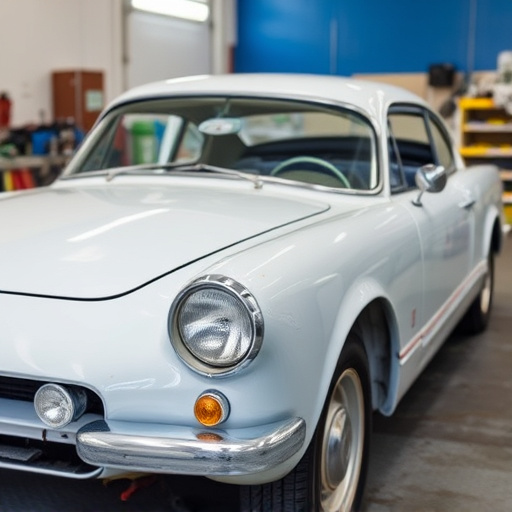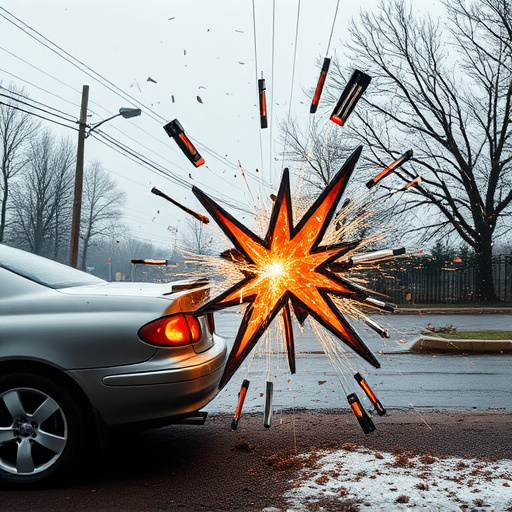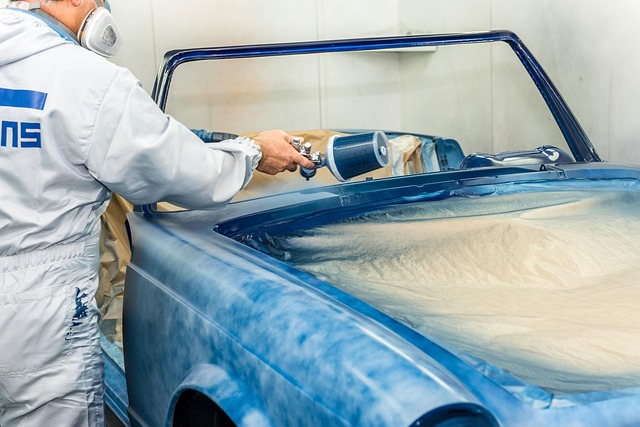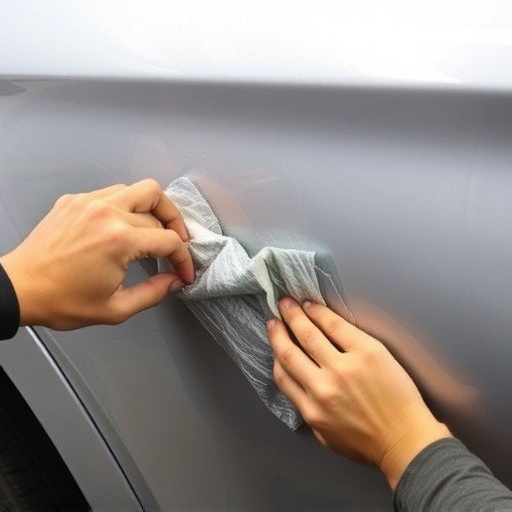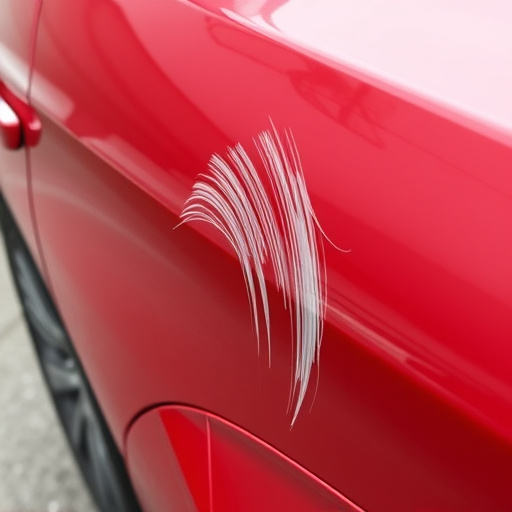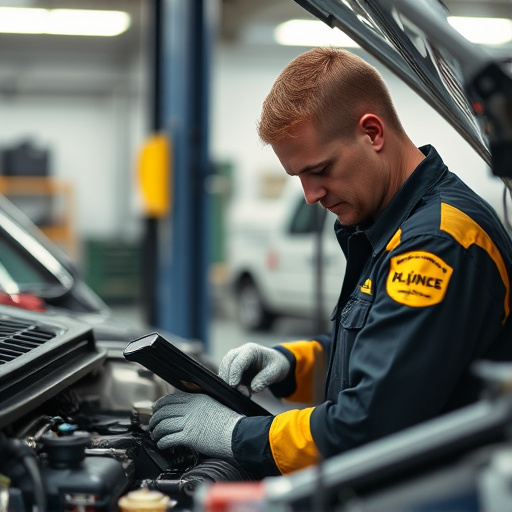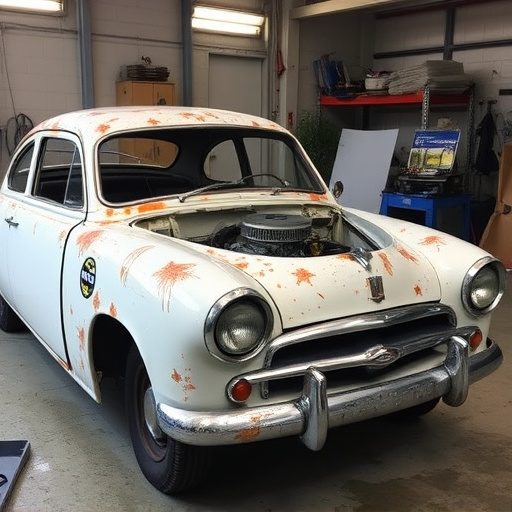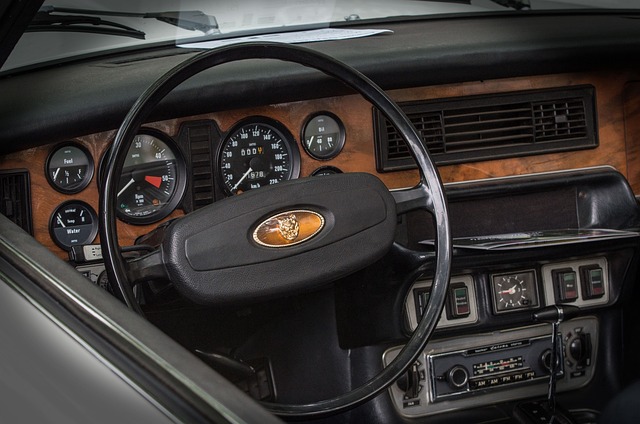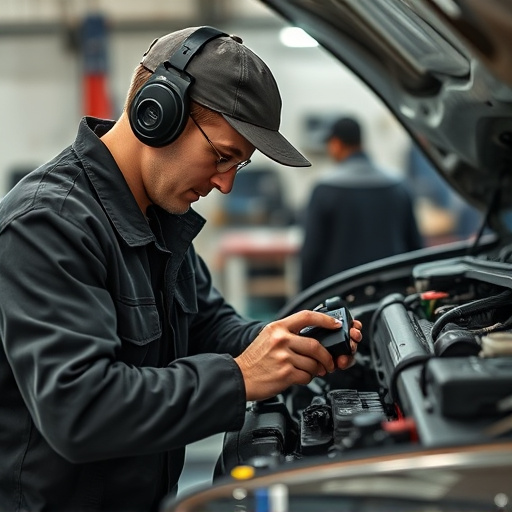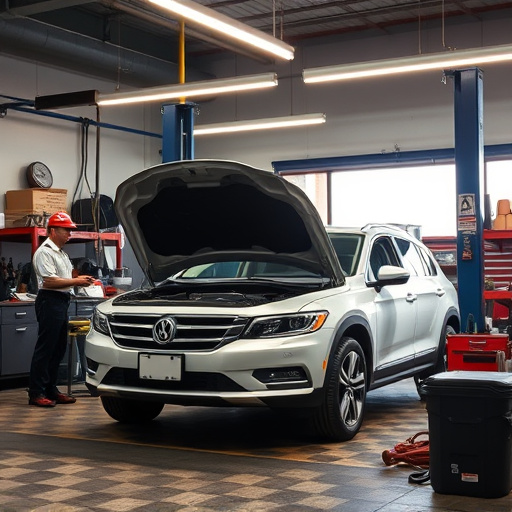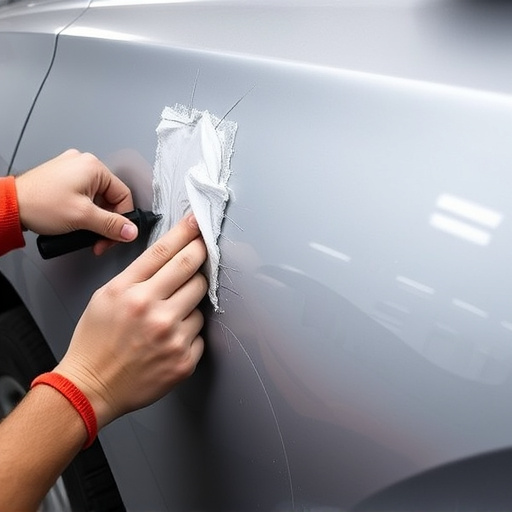Dog leg repair is a specialized automotive skill focusing on restoring damaged car body panels, particularly around door frames and sills. Technicians require proficiency in welding, riveting, bonding, and using precise tools. This involves strategic planning, assessing hidden damage, reinforcing weak spots, replacing bent panels, and realigning frames to maintain structural integrity. Comprehensive training modules equip technicians with disassembly, welding, and alignment skills for post-collision vehicle restoration. Hands-on practice in well-equipped workshops is crucial, with theoretical lessons and practical exercises leading to certification from reputable organizations, enhancing employability within the automotive sector.
In the realm of veterinary care, skilled dog leg repair technicians play a pivotal role in restoring mobility and alleviating pain. This article delves into the essential training requirements needed to excel in this specialized field. From understanding advanced dog leg repair techniques and tools to mastering comprehensive training modules, we explore the steps to become a certified expert. Hands-on practice and certification requirements are also highlighted, ensuring professionals are equipped to provide top-tier care for canine patients with leg injuries or conditions.
- Understanding Dog Leg Repair Techniques and Tools
- Comprehensive Training Modules for Technicians
- Hands-On Practice and Certification Requirements
Understanding Dog Leg Repair Techniques and Tools

Dog leg repair is a specialized skill within the automotive industry, specifically focused on restoring and reinforcing damaged car body panels, particularly around the door frames and sills. Technicians in this field need to be proficient in various techniques and equipped with an understanding of the tools required for precise and effective repairs. This includes knowledge of different metalworking methods such as welding, riveting, and bonding, each suited to specific types of damage and vehicle paint repair needs.
The art of dog leg repair involves strategic planning and a deep understanding of car bodywork services. Technicians must assess the extent of the damage, often hidden beneath the vehicle’s exterior, and decide on the best course of action. This may include reinforcing weak spots, replacing bent or crushed panels, or realigning misaligned frames to ensure structural integrity and prevent further complications during vehicle restoration.
Comprehensive Training Modules for Technicians

In the realm of automotive craftsmanship, skilled Dog Leg Repair Technicians play a pivotal role in restoring vehicles to their pre-collision glory. Comprehensive training modules are designed to equip these technicians with the precise skills and knowledge required for this intricate task. These modules encompass various aspects of dog leg repair, including detailed disassembly, meticulous welding techniques, and the art of aligning components to ensure structural integrity.
The training should delve into specialized topics such as identifying and assessing collision damage, especially in areas like fenders, bumpers, and doors—often the most affected by accidents. Technicians must learn to handle different materials, from metal to composite parts, ensuring each is restored with meticulous care. Moreover, modules on quality control and safety protocols are essential, fostering a culture of excellence and accident-free practices within the car restoration process, including bumper repair and intricate bumper reinstallation.
Hands-On Practice and Certification Requirements

Hands-on practice is a cornerstone of becoming proficient in dog leg repair. Aspiring technicians must spend significant time in well-equipped workshops, where they can gain practical experience in manipulating metal and applying specialized techniques unique to this niche field. This involves learning how to seamlessly integrate replacement parts with original vehicle components while ensuring structural integrity. Many reputable institutions offer comprehensive training programs that include both theoretical lessons and extensive hands-on exercises, enabling students to develop the necessary skill set for successful dog leg repairs.
Certification is another crucial aspect of establishing credibility as a skilled dog leg repair technician. Reputable organizations and industry bodies often provide certification programs that assess an individual’s knowledge and practical abilities in vehicle body repair, including dog leg repairs. These certifications not only validate one’s expertise but also enhance their employability within the automotive sector. Given the precision required in this specialized area of auto painting and vehicle body repair, professionals with recognized certifications are highly valued by both employers and clients alike.
Training skilled dog leg repair technicians involves a multi-faceted approach, from understanding advanced repair techniques and tools to comprehensive hands-on practice. By completing thorough training modules, aspiring technicians gain the expertise needed to excel in this specialized field. With proper certification, these professionals can confidently perform effective dog leg repair, ensuring optimal results for canine patients.
